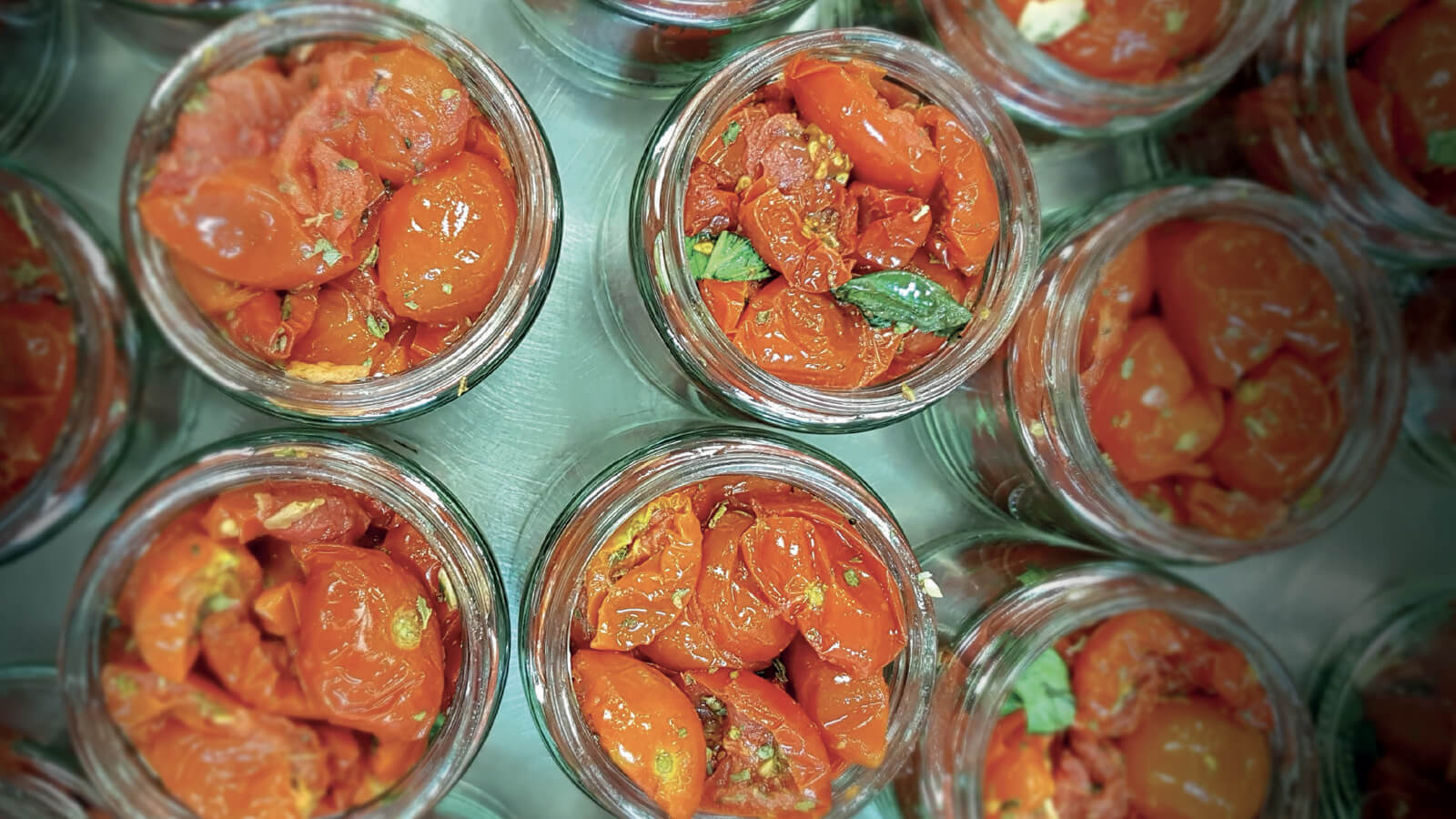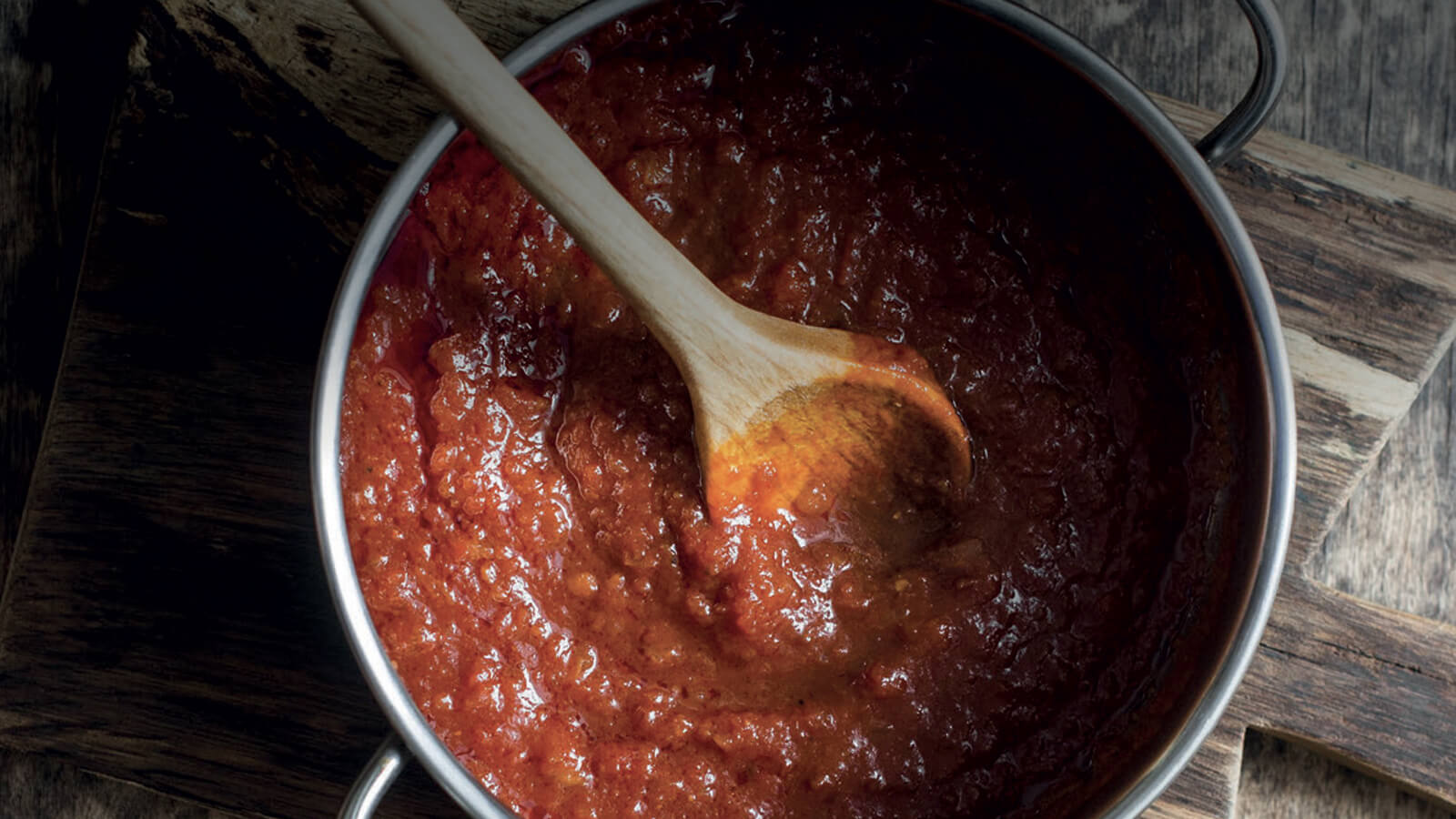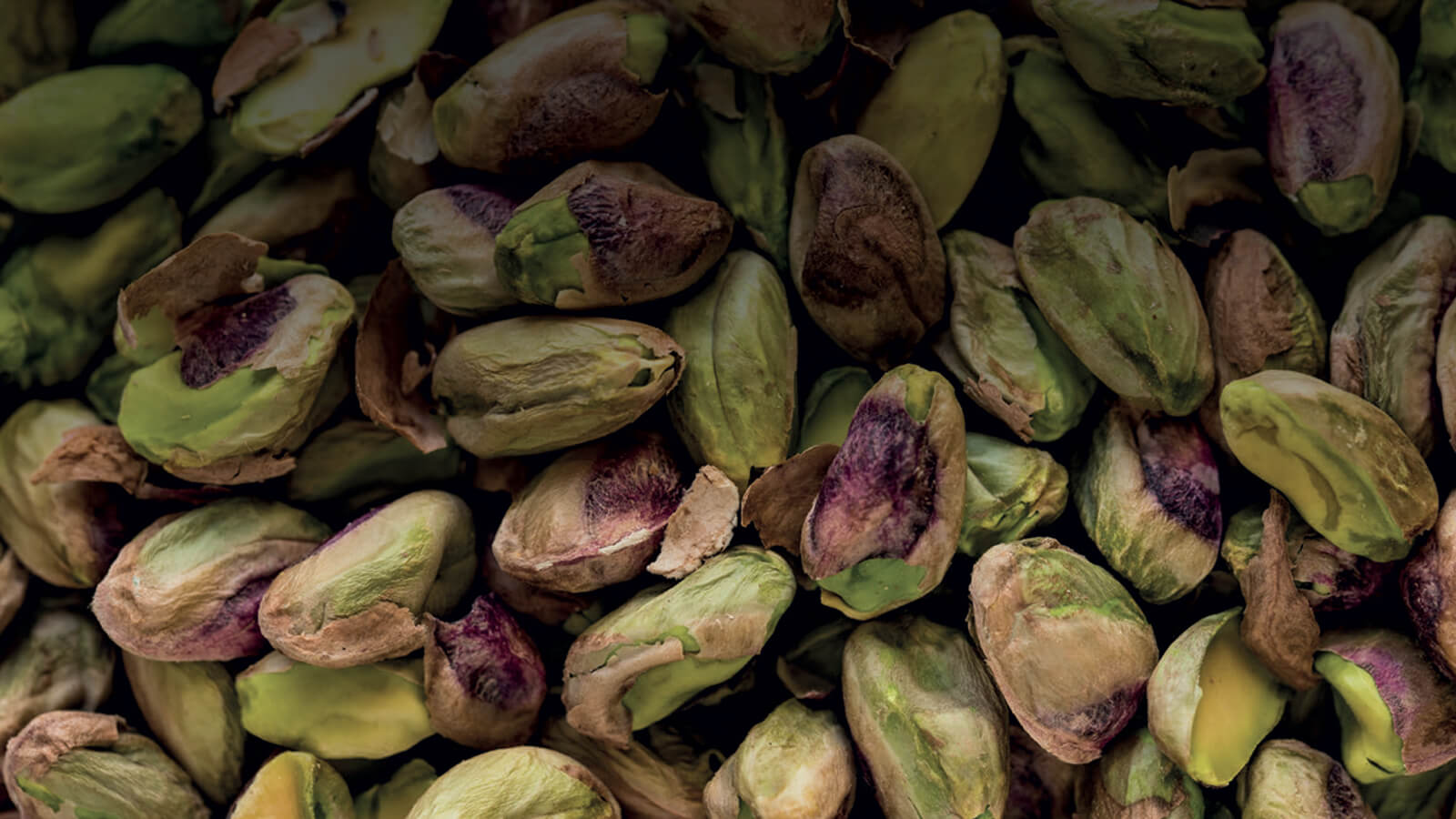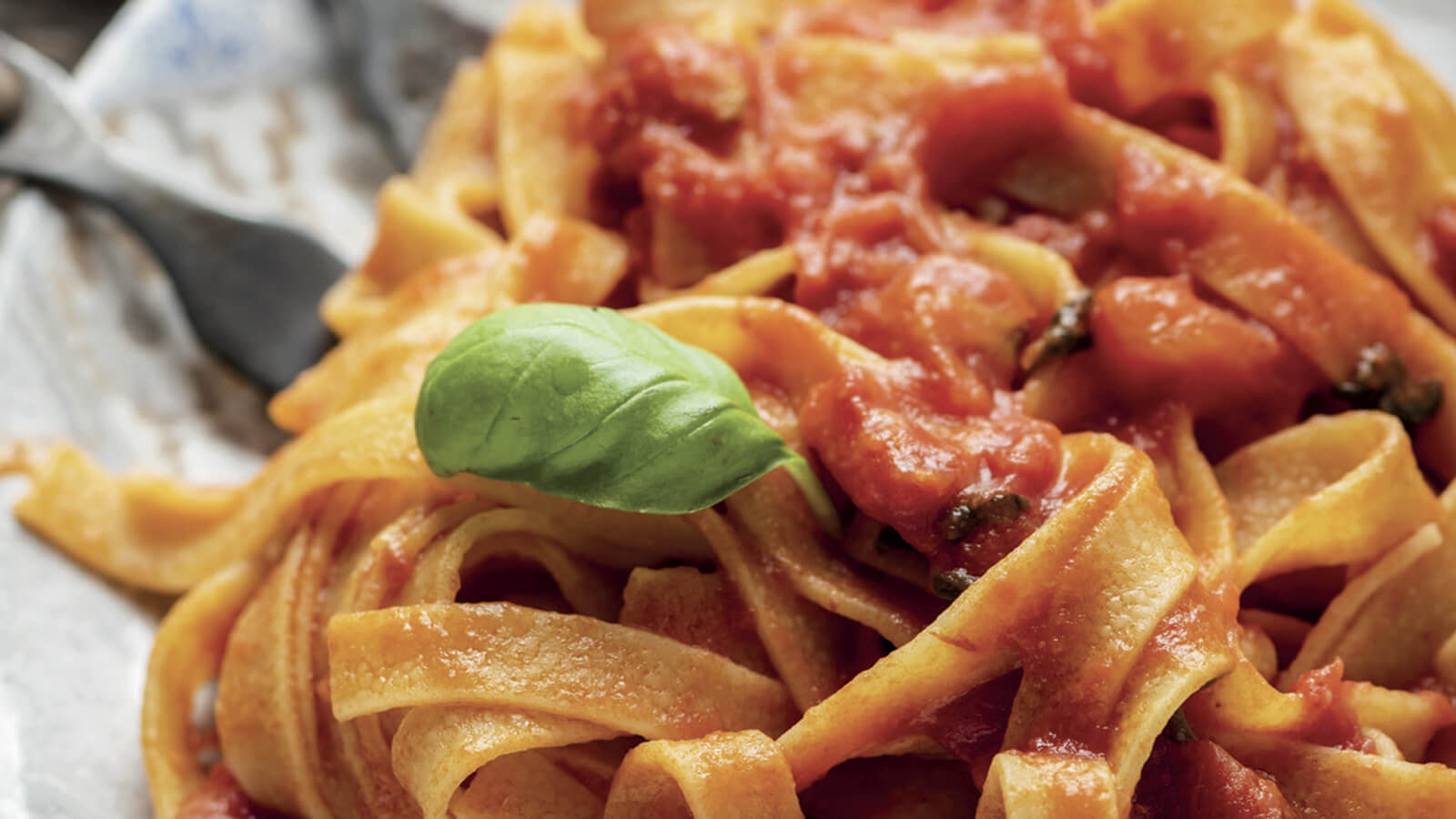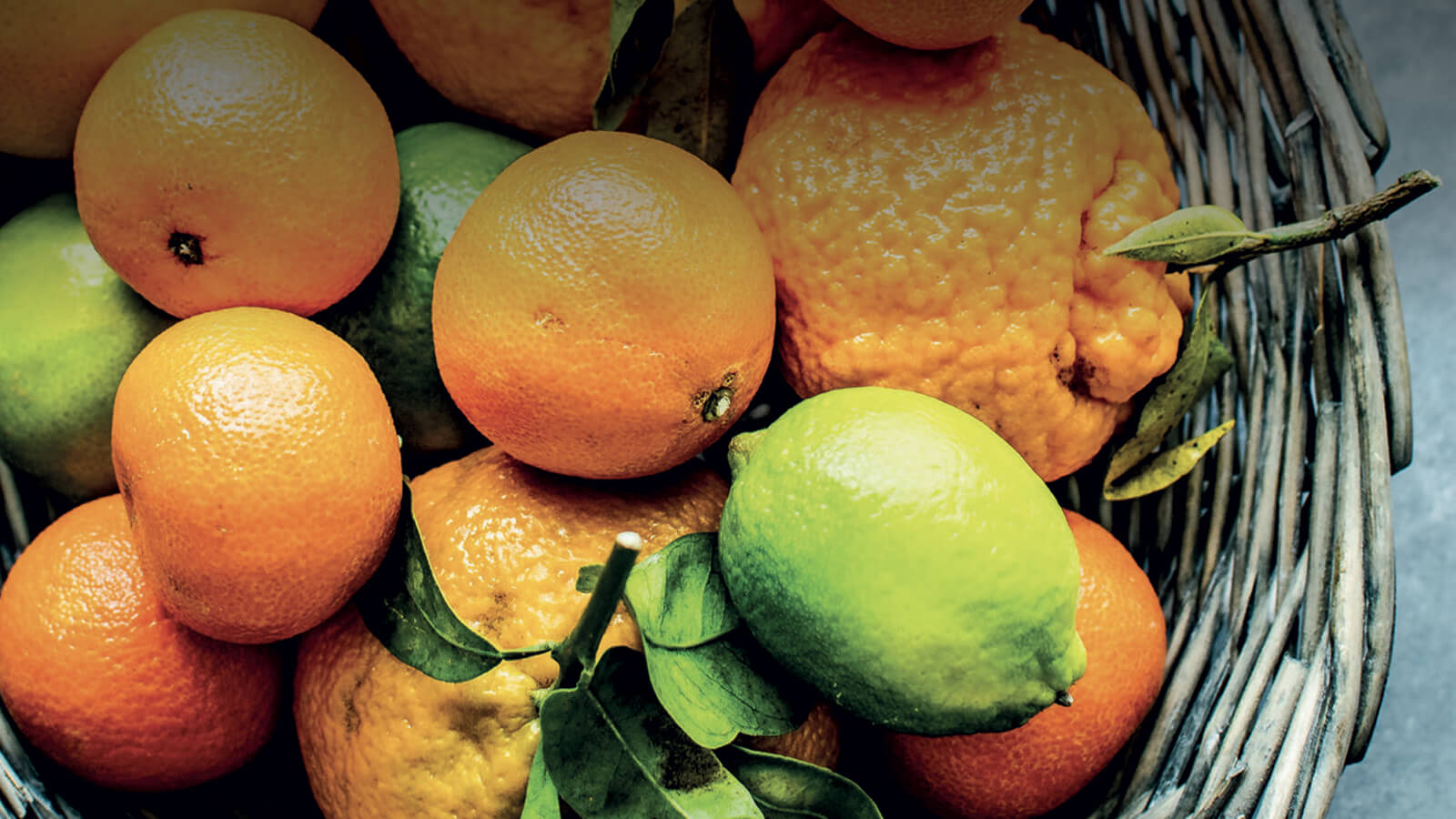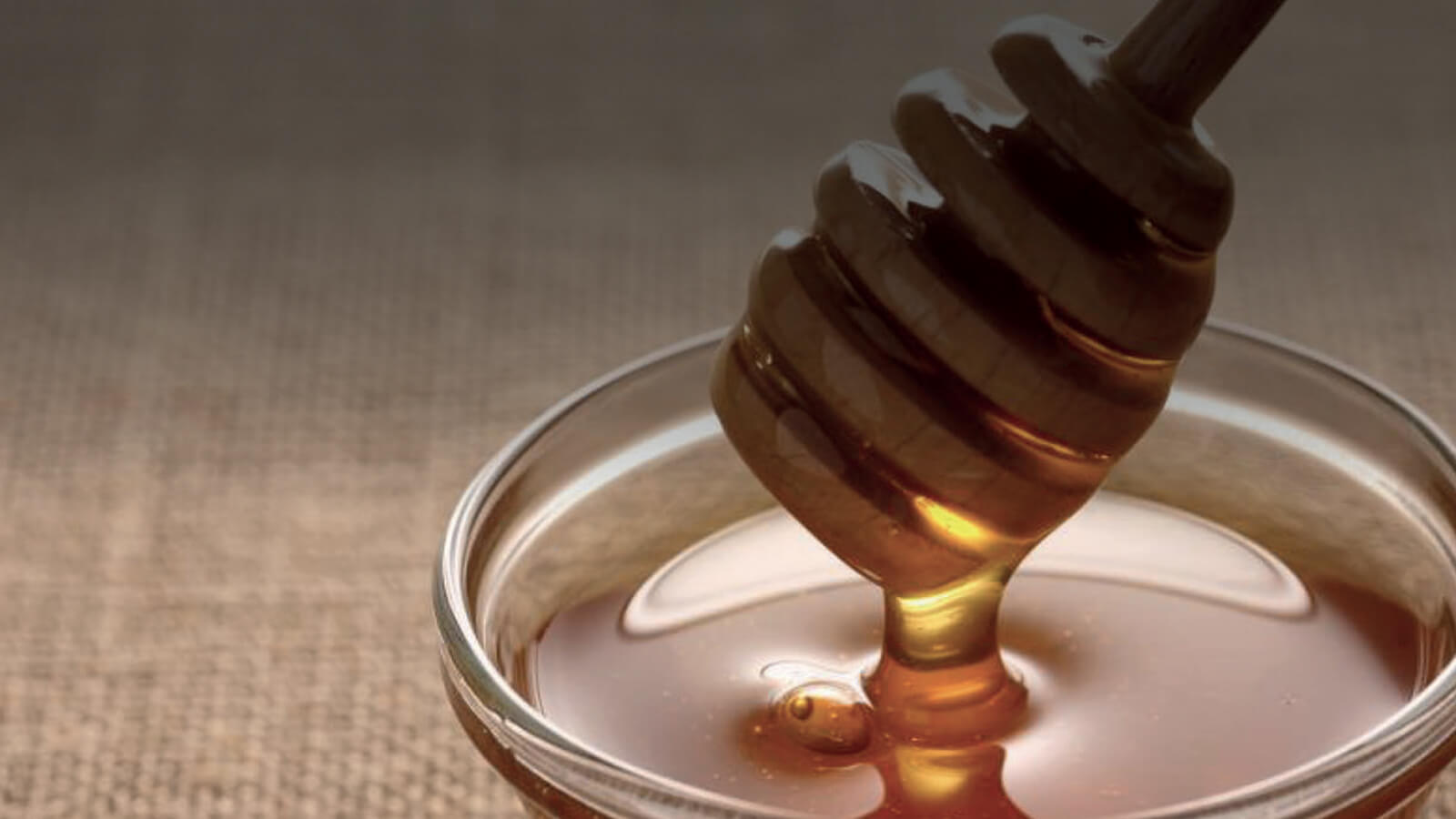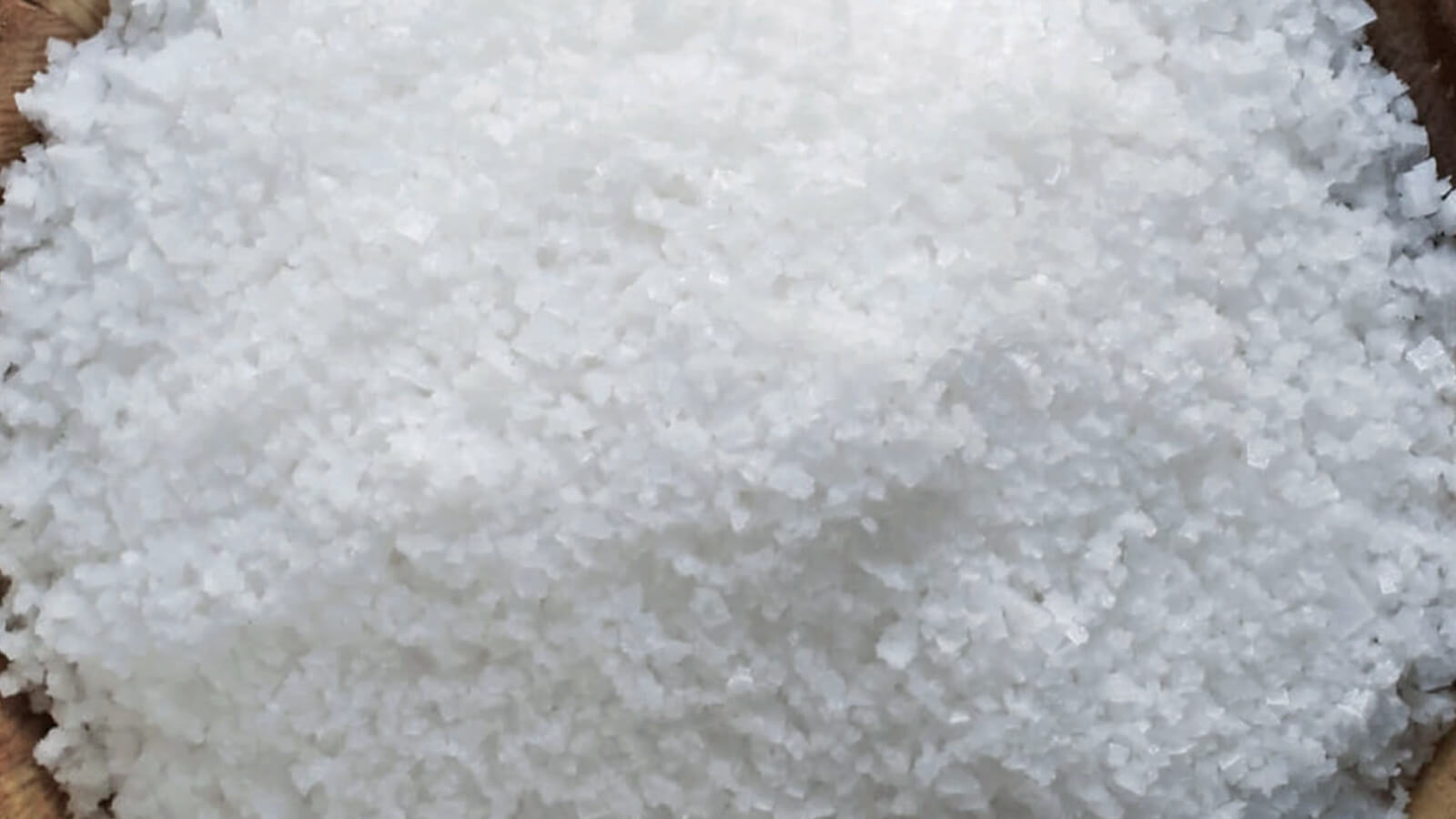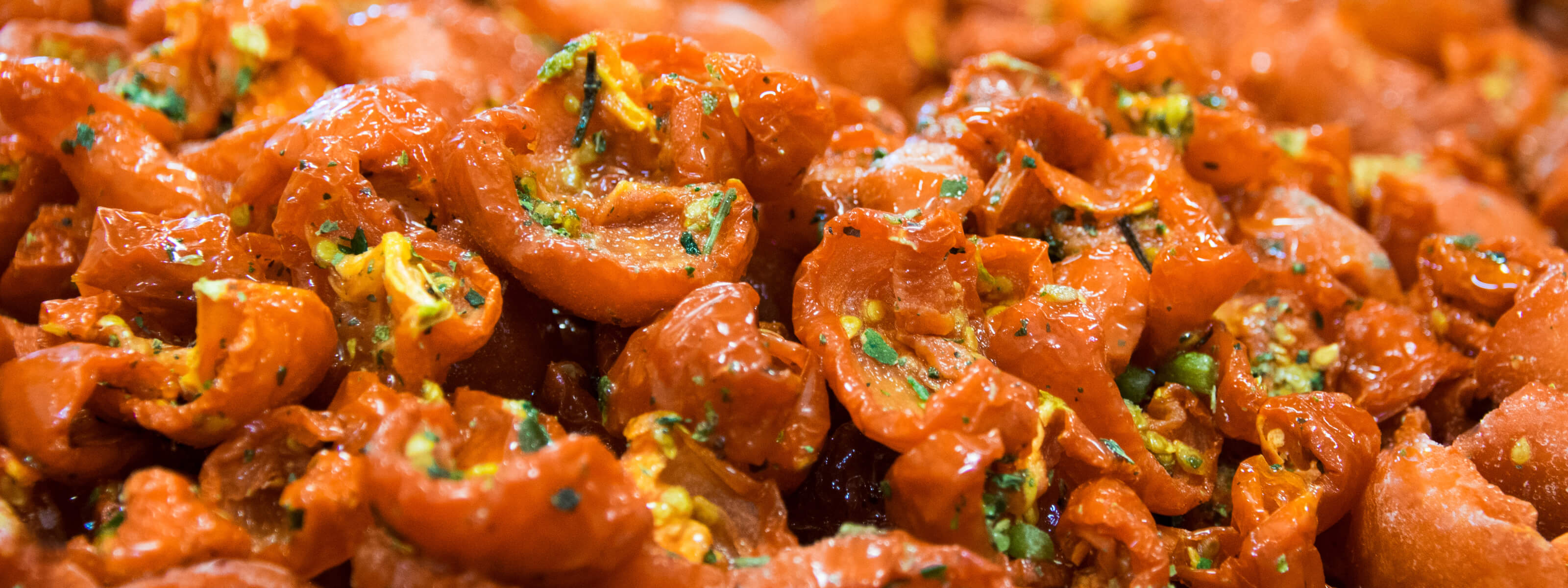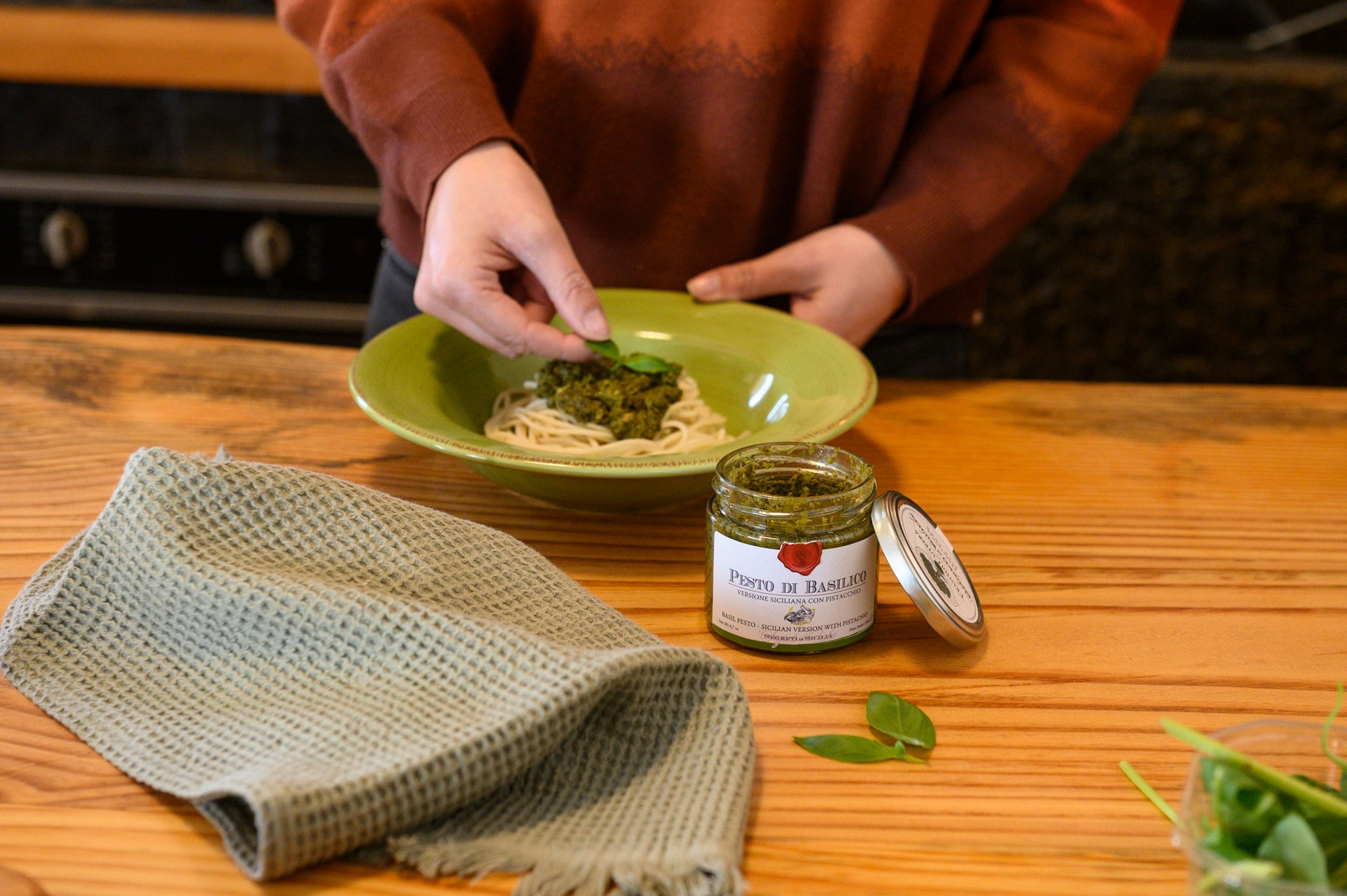
Basil Pesto: Tradition, Variations and Helpful Tips
Index
- Introduction to Basil Pesto
- Origins and Tradition of Basil Pesto
- Regional Variations of Basil Pesto
- Sicilian Basil Pesto with Almonds and Pistachios
- How to Make Basil Pesto at Home
- How to Store Basil Pesto
- Food Pairings with Basil Pesto
- Why Basil Pesto Turns Dark or Bitter
- Basil Pesto in the Diet
- Conclusion
Introduction to Basil Pesto
Basil pesto is a traditional Italian sauce, originating from Liguria, prized for its fresh aroma and intense flavor. Made primarily with fresh basil, pine nuts, garlic, cheese, and extra virgin olive oil, it has become a versatile condiment in numerous cuisines.
Origins and Tradition of Basil Pesto
The word "pesto" comes from the Italian verb "pestare," which means to crush or pound, referring to the traditional method of preparation with a mortar and pestle. Born in Genoa, pesto alla genovese has become a symbol of Ligurian cuisine, with a recipe that includes the use of Genoese basil DOP, pine nuts, garlic, Parmigiano Reggiano, Pecorino and extra virgin olive oil.
Regional Variations of Basil Pesto
In addition to the classic version, there are numerous regional variations of pesto:
- Pesto alla Trapanese: Originating from western Sicily, it combines basil, fresh tomatoes, almonds, garlic and olive oil.
- Arugula Pesto: Replaces basil with arugula, offering a spicier, bolder flavor.
- Pistachio Pesto: Typical of Sicily, it uses pistachios instead of pine nuts, giving it a sweet and unique note.
Sicilian Basil Pesto with Almonds and Pistachios
Frantoi Cutrera, a renowned Sicilian producer, offers a reinterpretation of traditional pesto, using high-quality local ingredients. Their Sicilian Basil Pesto combines:
- Sicilian Almonds and Pistachios: Replace pine nuts, offering a crunchy texture and rich flavor.
- Cosacavaddu Cheese: Sicilian alternative to Parmesan, adds depth to the flavor.
- Frantoi Cutrera Extra Virgin Olive Oil: Enhances and harmonizes all the ingredients.
This version celebrates Sicilian tradition, offering an authentic and distinctive culinary experience.
How to Make Basil Pesto at Home
Making basil pesto at home is simple and requires just a few fresh ingredients:
Ingredients:
- 50g fresh basil leaves
- 30g pine nuts
- 1 clove of garlic
- 50g grated Parmigiano Reggiano
- 100ml extra virgin olive oil
- Salt to taste
Procedure:
- Wash and Dry the Basil: Gently rinse the leaves and dry them carefully to avoid oxidation.
- Crush the Ingredients: In a mortar, crush the garlic with a pinch of salt, add the pine nuts and continue to crush until you obtain a smooth paste.
- Add the Basil: Combine the basil leaves and crush with circular movements until you obtain a creamy consistency.
- Incorporate the Cheese: Add the grated Parmesan and mix well.
- Pour the Oil: Add the oil in a drizzle, continuing to mix until you obtain a smooth sauce.
For a Sicilian version, replace the pine nuts with almonds and pistachios and the Parmigiano with a local cheese such as Cosacavaddu or Pecorino Siciliano. Adding a high-quality extra virgin olive oil, such as Frantoi Cutrera , will make your pesto even more aromatic and genuine.
How to Store Basil Pesto
Basil pesto is a delicate sauce that requires some care to best preserve its freshness and color:
Short Term Storage
- Store the pesto in the refrigerator in an airtight glass container.
- Add a layer of extra virgin olive oil on top of the pesto to protect it from oxidation.
- Consume within 3-4 days to maintain maximum flavor.
Long Term Storage
- You can freeze pesto in portions, using airtight containers or ice cube trays.
- Avoid adding cheese before freezing; add it after thawing for a fresher taste.
- Frozen properly, pesto can last up to 6 months.
Food Pairings with Basil Pesto
Basil pesto is incredibly versatile and pairs well with numerous dishes:
First courses
- Perfect for seasoning fresh pasta such as trofie, tagliatelle or gnocchi. Also with busiate .
- You can dilute it with a spoonful of cooking water to obtain a more fluid sauce.
Second courses and appetizers
- Spread pesto on crispy bruschetta or use as a filling for gourmet sandwiches.
- Try it as an accompaniment to white meat or grilled fish.
Creative Dishes
- Mix it with ricotta to create a filling for ravioli or lasagna.
- Add it to grain or vegetable salads for a flavorful touch.
Why Does Basil Pesto Turn Dark or Bitter?
When making or storing pesto, you may notice a change in color or flavor. Here are some explanations and solutions:
Why Does It Get Dark?
- Oxidation is the main cause of color change. Contact with air can cause basil to darken.
- Use very dry basil and add a generous layer of oil to protect it from the air.
Why Does It Become Bitter?
- Overprocessing with metal blades, such as those in a blender, can oxidize basil and make it bitter.
- If possible, use a pestle and mortar or a low-speed blender to minimize heat.
Basil Pesto in the Diet
Basil pesto can be part of a balanced diet thanks to its nutritious and natural ingredients:
Health Benefits
- Rich in antioxidants thanks to fresh basil and extra virgin olive oil.
- Source of healthy monounsaturated fats, which are good for your heart.
- Contains vegetable proteins and essential vitamins.
Watch Out for Calories
- Despite its benefits, pesto is high in calories due to the presence of oil, cheese and dried fruit. It is perfect in moderate quantities, perhaps combined with vegetables or whole grains.
Conclusion
Basil Pesto , whether in its classic version or reinterpreted in the Sicilian style as proposed by Frantoi Cutrera , is much more than a simple sauce: it is an explosion of taste that encompasses tradition, quality and versatility. With its unmistakable aromatic profile and the possibility of pairing it with numerous dishes, it represents an indispensable condiment in Italian and international cuisine.
If you are looking for a unique and authentic pesto, try the Sicilian Basil Pesto with Almonds and Pistachios by Frantoi Cutrera. Discover Sicilian excellence and bring a touch of originality and tradition to your dishes.
Share



















